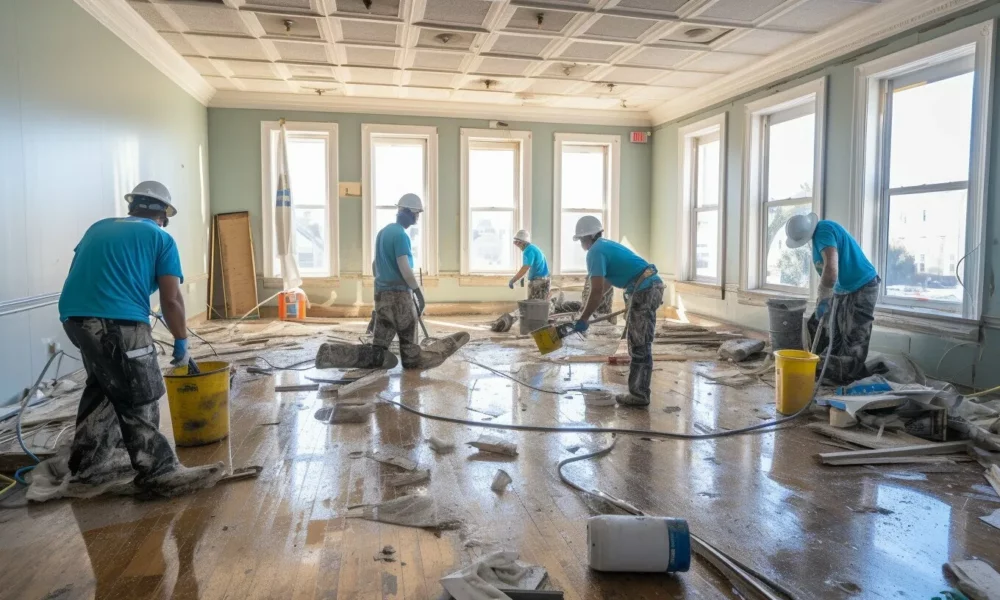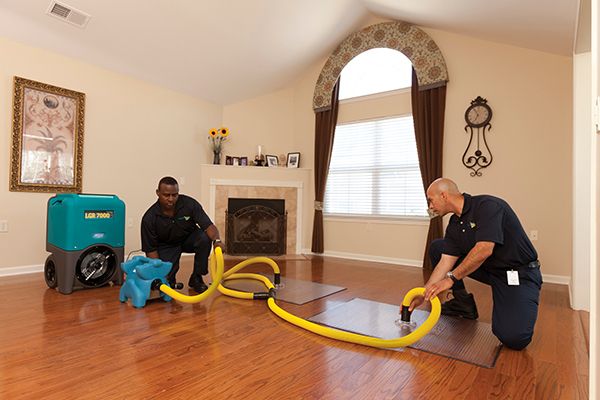Comprehensive Guide to Water Damage Restoration

Water damage restoration is a process that many homeowners may not be familiar with until they face an emergency. Water damage can result from various sources, including burst pipes, heavy rainfall, or malfunctioning appliances. Acting quickly is crucial to minimizing damage and preventing further complications. Since the restoration process can be complex, understanding the steps involved can help homeowners navigate the situation effectively.
Consider the Following Steps on Restoration of Water Damage:
1. Water Damage Assessment
Analysing the damage is the very first step of the water damage restoration process. This evaluation helps determine the necessary corrective measures and prevents further deterioration. Professionals from a water restoration company will inspect affected areas, identify the source of the water intrusion, and decide on the best course of action. For example, if a burst pipe caused the damage, the assessment will determine whether the pipe needs repair or replacement.
2. Water Extraction

After such assessment is over, the next step is to remove any standing water. Trained technicians use specialized equipment such as pumps, vacuums, and water extraction machines to remove excess moisture efficiently. Prompt water removal helps prevent the damage from spreading and minimizes the risk of mold growth.
3. Drying and Dehumidification
After water removal, the affected areas need to be thoroughly dried and dehumidified. High-powered fans, air movers, and dehumidifiers help remove lingering moisture from surfaces and the air. Keeping indoor humidity levels below 50% significantly reduces the risk of mold formation. Our professionals ensure the area is completely dry before proceeding to the next step.
4. Cleaning and Sanitization
Thorough cleaning and disinfection are essential to remove contaminants from affected areas. Standing water may carry harmful bacteria, viruses, and other pathogens that pose health risks. All surfaces exposed to water damage are cleaned, sanitized, and treated with antimicrobial solutions to prevent mold and mildew growth. According to the Federal Emergency Management Agency (FEMA), mold can begin to develop within 24 to 48 hours, emphasizing the importance of swift action.
5. Restoration and Repairs
Once the area is clean and dry, the restoration phase begins. The following step is about repairing and getting the damaged materials replaced. This involves reinstating the drywall, flooring, and insulation. Depending on the extent of the damage, restoration may also include repainting walls, reinstalling carpets, or reconstructing structural elements. Our team works closely with homeowners to determine the most effective plan to restore their property to its pre-damage condition.
6. Preventative Measures
Even after successful restoration, homeowners should take preventative steps to reduce the risk of future water damage. These measures include:
- Fixing leaky pipes and plumbing issues promptly
- Installing a sump pump in flood-prone areas
- Waterproofing basements and sealing foundation cracks
- Cleaning gutters and downspouts regularly
- Inspecting the roof for potential leaks and damages
- Using weather-stripping to seal windows and doors
- Installing storm doors to protect against heavy rainfall
Taking these precautions can help safeguard your home from potential water damage in the future.
Regardless of the source, water damage should never be ignored. Acting quickly ensures the damage is mitigated effectively, and your home is restored efficiently. If you experience water damage, don’t hesitate to contact water damage restoration services for professional assistance.




